Advancements in Synthetic Biology
The Cell Free Protein Expression Market is significantly influenced by advancements in synthetic biology, which enable the design and construction of new biological parts and systems. These innovations facilitate the development of novel proteins with tailored functionalities, thereby expanding the scope of applications in various sectors, including pharmaceuticals, agriculture, and industrial biotechnology. The synthetic biology market is anticipated to grow at a compound annual growth rate of over 25% in the coming years, suggesting a strong correlation with the growth of cell free protein expression technologies. As researchers increasingly leverage synthetic biology to create complex protein structures, the demand for cell free systems that can efficiently express these proteins is likely to rise, further driving market expansion.
Rising Demand for Biopharmaceuticals
The Cell Free Protein Expression Market is experiencing a notable surge in demand for biopharmaceuticals, driven by the increasing prevalence of chronic diseases and the need for innovative therapies. As biopharmaceuticals often require complex proteins, cell free systems provide a rapid and efficient means of producing these proteins without the limitations of traditional cell-based methods. The market for biopharmaceuticals is projected to reach approximately 500 billion USD by 2026, indicating a robust growth trajectory. This demand is likely to propel advancements in cell free protein expression technologies, enhancing their application in drug development and production. Furthermore, the ability to produce proteins in a controlled environment without the need for living cells aligns with the industry's shift towards more sustainable and efficient manufacturing processes.
Emergence of Novel Therapeutic Targets
The Cell Free Protein Expression Market is witnessing growth due to the emergence of novel therapeutic targets, particularly in the fields of oncology and immunotherapy. As researchers identify new proteins that can serve as targets for drug development, the need for efficient expression systems becomes paramount. Cell free systems are particularly advantageous in this context, as they allow for the rapid production of proteins that can be used in preclinical studies and clinical trials. The oncology drug market alone is expected to reach 200 billion USD by 2025, highlighting the potential for cell free protein expression technologies to support the development of innovative cancer therapies. This trend suggests a promising future for the market as it aligns with the ongoing search for effective treatments.
Increased Focus on Personalized Medicine
The Cell Free Protein Expression Market is poised to benefit from the growing emphasis on personalized medicine, which aims to tailor treatments to individual patient profiles. This trend necessitates the rapid production of specific proteins that can be used in targeted therapies. Cell free protein expression systems offer a flexible and efficient platform for producing these proteins, allowing for quicker adaptation to changing therapeutic needs. The personalized medicine market is projected to exceed 2 trillion USD by 2030, indicating a substantial opportunity for cell free technologies to play a pivotal role in this transformation. As healthcare providers seek to implement more individualized treatment plans, the reliance on advanced protein expression methods is likely to increase, thereby enhancing the market landscape.
Integration of High-Throughput Screening
The Cell Free Protein Expression Market is increasingly benefiting from the integration of high-throughput screening technologies, which facilitate the rapid evaluation of protein function and interactions. This integration allows researchers to efficiently identify promising candidates for drug development and other applications. High-throughput screening is becoming a standard practice in pharmaceutical research, with the market expected to grow significantly in the next few years. As the demand for faster and more efficient drug discovery processes rises, the reliance on cell free protein expression systems is likely to increase. These systems provide a streamlined approach to producing large quantities of proteins for screening, thereby enhancing the overall efficiency of the research and development pipeline.


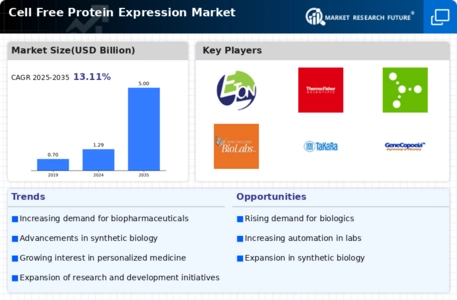
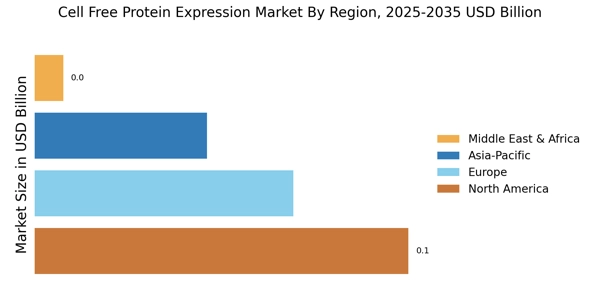
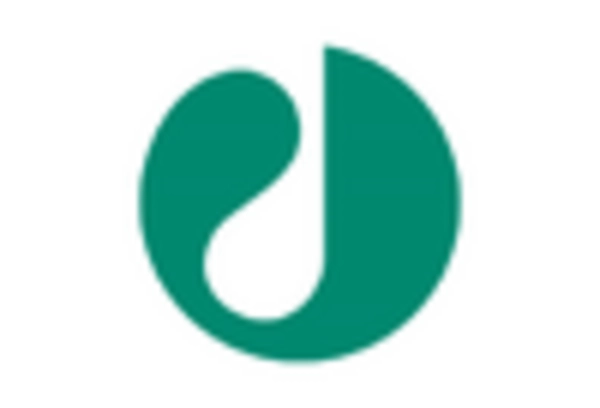

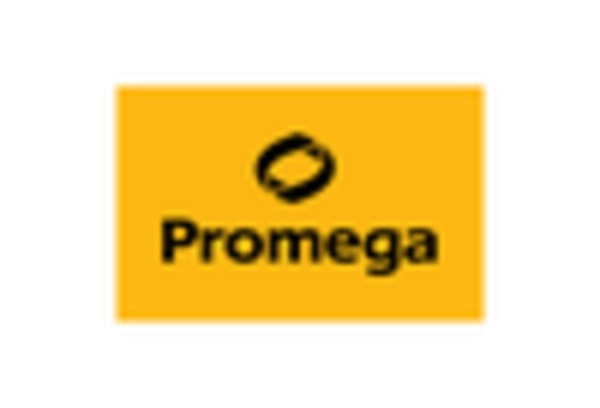
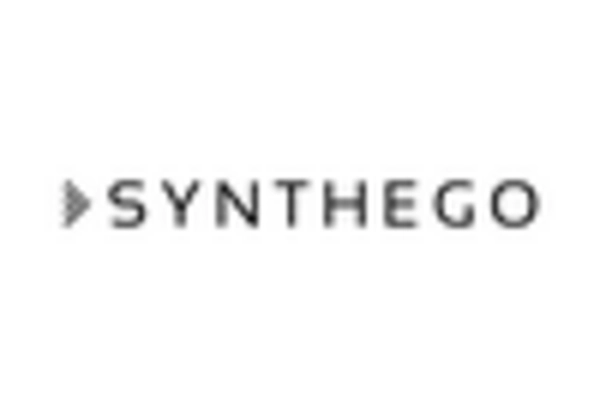
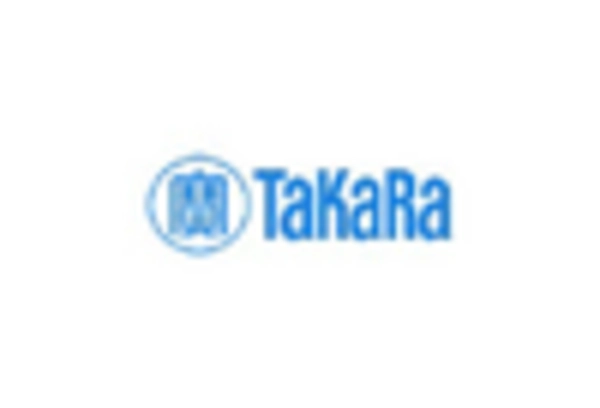
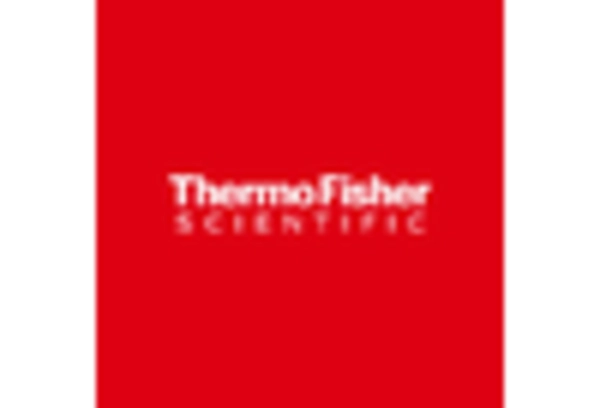








Leave a Comment